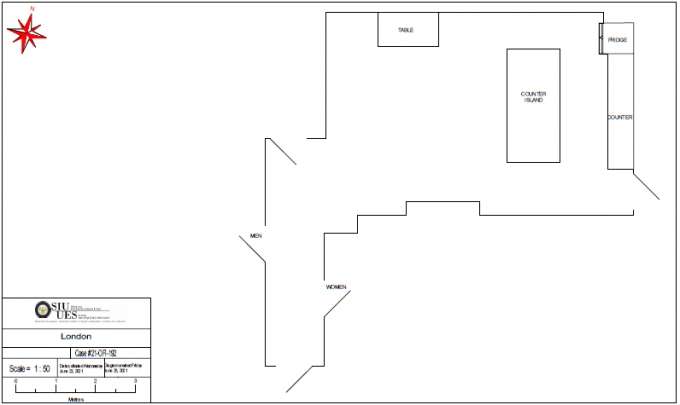SIU Director’s Report - Case # 21-OFI-192
Warning:
This page contains graphic content that can shock, offend and upset.
Contents:
Mandate of the SIU
Under the SIU Act, the Director of the SIU must determine based on the evidence gathered in an investigation whether there are reasonable grounds to believe that a criminal offence was committed. If such grounds exist, the Director has the authority to lay a criminal charge against the official. Alternatively, in cases where no reasonable grounds exist, the Director cannot lay charges. Where no charges are laid, a report of the investigation is prepared and released publicly, except in the case of reports dealing with allegations of sexual assault, in which case the SIU Director may consult with the affected person and exercise a discretion to not publicly release the report having regard to the affected person’s privacy interests.
Information Restrictions
Special Investigations Unit Act, 2019
Pursuant to section 34, certain information may not be included in this report. This information may include, but is not limited to, the following:- The name of, and any information identifying, a subject official, witness official, civilian witness or affected person.
- Information that may result in the identity of a person who reported that they were sexually assaulted being revealed in connection with the sexual assault.
- Information that, in the opinion of the SIU Director, could lead to a risk of serious harm to a person.
- Information that discloses investigative techniques or procedures.
- Information, the release of which is prohibited or restricted by law.
- Information in which a person’s privacy interest in not having the information published clearly outweighs the public interest in having the information published.
Freedom of Information and Protection of Privacy Act
Pursuant to section14 (i.e., law enforcement), certain information may not be included in this report. This information may include, but is not limited to, the following:- Confidential investigative techniques and procedures used by law enforcement agencies; and
- Information that could reasonably be expected to interfere with a law enforcement matter or an investigation undertaken with a view to a law enforcement proceeding.
Pursuant to section 21 (i.e., personal privacy), protected personal information is not included in this report. This information may include, but is not limited to, the following:
- The names of persons, including civilian witnesses, and subject and witness officials;
- Location information;
- Witness statements and evidence gathered in the course of the investigation provided to the SIU in confidence; and
- Other identifiers which are likely to reveal personal information about individuals involved in the investigation.
Personal Health Information Protection Act, 2004
Pursuant to this legislation, any information related to the personal health of identifiable individuals is not included.Other proceedings, processes, and investigations
Information may also have been excluded from this report because its release could undermine the integrity of other proceedings involving the same incident, such as criminal proceedings, coroner’s inquests, other public proceedings and/or other law enforcement investigations.Mandate Engaged
A person sustains a “serious injury” for purposes of the SIU’s jurisdiction if they: sustain an injury as a result of which they are admitted to hospital; suffer a fracture to the skull, or to a limb, rib or vertebra; suffer burns to a significant proportion of their body; lose any portion of their body; or, as a result of an injury, experience a loss of vision or hearing.
In addition, a “serious injury” means any other injury sustained by a person that is likely to interfere with the person’s health or comfort and is not transient or trifling in nature.
This report relates to the SIU’s investigation into serious injuries sustained by a London Police Service (LPS) officer (the “Complainant”).
The Investigation
Notification of the SIU
On June 23, 2021, at 6:21 p.m., the LPS contacted the SIU to report the following.Every Wednesday members of the LPS Emergency Response Unit (ERU) hold a training day. On Wednesday, June 23, 2021, the ERU was involved in a mock hostage rescue exercise at a decommissioned firehall. The Complainant was the organizer of the training scenario. The training scenario was designed to culminate in ERU members forcing their way into the firehall in an attempt to apprehend hostage takers.
The Complainant and Witness Official (WO) #10 were positioned in an office area in the firehall, playing the role of armed suspects. WO #10 was struck by fire from the ERU officers and he then exited the building, leaving the Complainant in the office area. The Complainant was having fogging issues with his personal protective equipment, so he raised his helmet and its integrated eye protection. Two ERU members, identified by the LPS to be Subject Official (SO) #1 and SO #2, entered the office, and engaged the Complainant, firing Colt C8 rifles loaded with Simunition ammunition at the Complainant’s head. One of the projectiles struck the Complainant’s eye.
The exercise was immediately terminated, and the Complainant was rushed to hospital by police officers.
The Team
Date and time team dispatched: 06/23/2021 at 8:36 p.m.
Date and time SIU arrived on scene: 06/23/2021 at 9:12 p.m.
Number of SIU Investigators assigned: 2
Number of SIU Forensic Investigators assigned: 1
The SIU immediately dispatched two investigators and a forensic identification investigator.
The scene had been cleaned by the LPS ERU members, as nobody had given thought to the incident being within the SIU’s investigative mandate and there was an agreement in place with the London Fire Service that the police would clean the facility following any training exercises.
The firehall area was photographed, as were the weapons deployed by the involved police officers.
Affected Person (aka “Complainant”):
LPS officer interviewed, medical records obtained and reviewedThe Complainant was interviewed on July 5, 2021.
Subject Officials
SO #1 Declined interview and to provide notes, as is the subject official’s legal right
SO #2 Declined interview and to provide notes, as is the subject official’s legal right
Witness Officials
WO #1 Not interviewed
WO #2 Not interviewed
WO #3 Not interviewed
WO #4 Not interviewed
WO #5 Not interviewed
WO #6 Not interviewed
WO #7 Not interviewed
WO #8 Not interviewed
WO #9 Not interviewed
WO #10 Interviewed
WO #11 Interviewed
WO #12 Not interviewed
WO #13 Not interviewed
WO #10 and WO #11 Were interviewed on July 15, 2021.
The LPS Liaison Officer on this case informed the SIU that none of the ERU members involved in the training completed notes for the day, and only the police officers directly involved in the Complainant’s injury completed reports on the incident.
Evidence
The Scene
The decommissioned firehall at Westminster Drive in London has a number of interior parking lanes for fire vehicles. On the south side of the garage bay there is a shipping container and a wooden structure, both intended as training structures for firefighters.
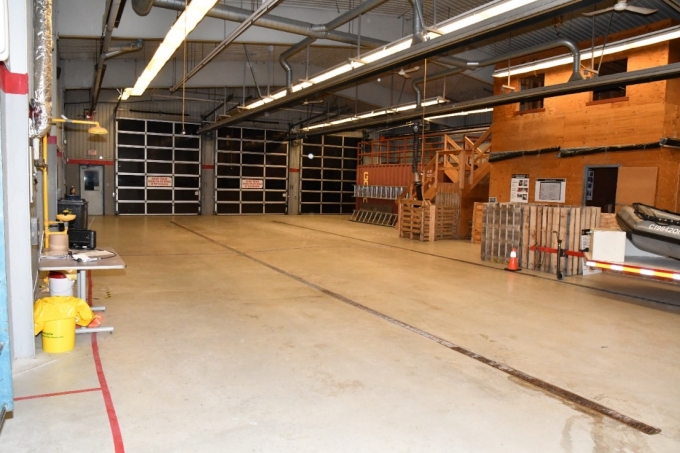
Figure 1 - The decommissioned firehall used for training purposes.
On the north side of the garage bay there are two hallways that lead to what used to be the sleeping area, the kitchen area, and offices. Walking down the westmost hallway there is a laundry room to the right. Passing through a doorway and continuing down the hallway (the area shown in the scene diagram below) there are washrooms to the right (Women) and the left (Men). Straight ahead there is a room that used to be the sleeping quarters.
At the end of the hallway there is a kitchen area to the right. There is a serving island in the kitchen. A Simunition projectile was found on the floor beside the kitchen island. Beyond the kitchen island, there is a door into an office area, which appears to be a training room.

Figure 2 - The kitchen in the firehall. A Simunition projectile is visible to the right of the serving island.
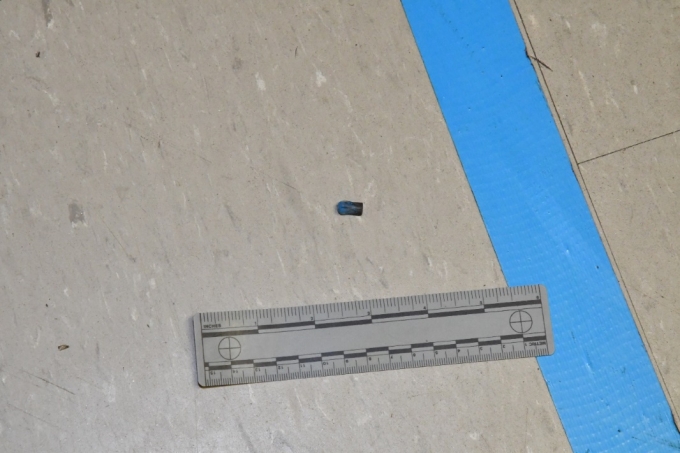
Figure 3 – Close-up of the Simunition projectile.
Simunition projectiles were found on the floor of the hallway and Simunition projectile strike marks were evident in many areas of the firehall.
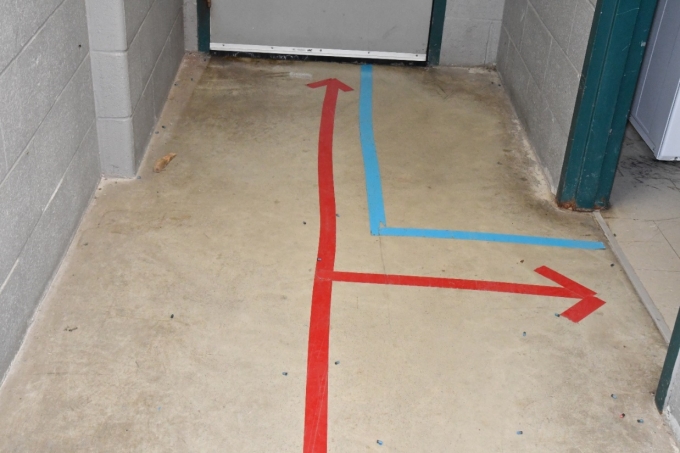
Figure 4 - Simunition projectiles located on the floor of the hallway.
Scene Diagram
Physical Evidence
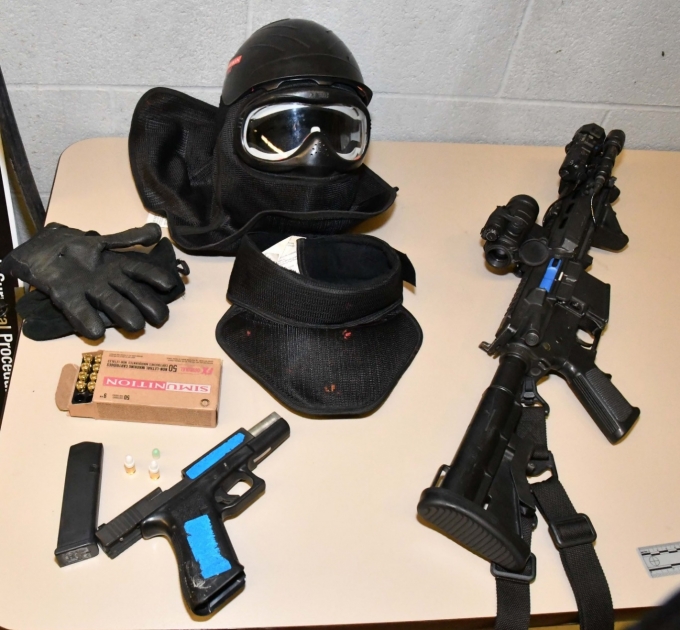
Figure 5 - The use of force and protective equipment used during the training exercise.
The participants of the training exercise were equipped with a neck protector, protective gloves, and a Simunition brand helmet, with fixed eye protection.
Handguns used during the training exercise were Glock semi-automatic pistols with blue tape applied to the slides and handgrips, to identify the weapons as having been converted to fire Simunition ammunition.
The rifles carried by the ERU members were their usual service weapons, but the bolts had been replaced with blue bolts that were supplied by Simunition to fire their ammunition.
The Simunition ammunition contains projectiles that have a plastic reservoir containing a marking dye, which is essentially a coloured detergent powder.
Video/Audio/Photographic Evidence [1]
The LPS provided the SIU a copy of the ERU communications recordings. The recordings confirmed the nature of the scenario portrayed to the ERU, shots being fired, and the suspects fleeing into the firehall. One of the organizers stated there was a man in the basement of the firehall who reported shots being fired. Later, it was reported the call with the man ended with the sounds of the man being dragged up the stairs. As a result, a hostage rescue situation then existed.
The HRT (hostage rescue team) entered the building. One of the ERU members reported a man in a red jersey [WO #10] had run from the front of the building and was apprehended.Soon afterward, a police officer broadcast, “Red, red, end ex, end ex.”
Materials Obtained from Police Service
The SIU obtained and reviewed the following records from the LPS:
• ERU Attendance Sheet;
• ERU Lesson Plan;
• ERU deployment recordings;
• LPS Policy – Use of Force;
• Communication recordings;
• Material Safety Data Sheets for 5.56mm Simunition ammunition;
• Narrative Statement – WO #11;
• Narrative Statement – WO #10;
• Will Say- SO #1; and
• Will Say- SO #2.
Incident Narrative
In the morning of June 23, 2021, the LPS ERU officers gathered to take part in a training exercise. The day’s events involved a hostage-taking simulation; officers would engage in role-play whereby a rescue operation would be launched to save the victim. The Complainant was in charge of running the scenario. He was to assume the role of one of the hostage-takers. The tactical officers and “assailants” were all armed with firearms – the former with their C8 rifles, the latter with handguns. The firearms were loaded with Simunition rounds – “paintball-type” projectiles.
The exercise culminated in a firefight at a decommissioned firehall located at Westminster Drive, London. The Complainant and the other “assailants” confronted the ERU officers as they forced entry into the garage bays of the firehall – members on both sides were “killed” or “injured” in the initial exchange of “gunfire”. The Complainant was not among them. He retreated past a hallway, through a kitchen area and into a smaller room off the kitchen, where he waited to ambush ERU officers making their way through the building.
SO #1 and SO #2 were members of the assault team sent into the firehall to rescue the hostage. They received and let off gunfire in the exchange immediately upon entry into the garage bays, and were among the officers that then probed further into the building. SO #2 made his way into the kitchen area where, noticing the silhouette of one of the “assailants” standing in the doorway of the smaller room off the kitchen holding a pistol, he fired his C8 rifle. The “assailant” was the Complainant. The Complainant retreated into the room and closed the door behind him. He had been struck by one of SO #2’s rounds in the right eye.
The Complainant called out “Code Red” to immediately end the exercise. He was rushed to hospital by other officers and treated surgically for his eye injury.
Relevant Legislation
Sections 219 and 221, Criminal Code -- Criminal negligence causing bodily harm
(a) in doing anything, or(b) in omitting to do anything that it is his duty to do,
Section 86, Criminal Code – Careless use of a firearm
86 (1) Every person commits an offence who, without lawful excuse, uses, carries, handles, ships, transports or stores a firearm, a prohibited weapon, a restricted weapon, a prohibited device or any ammunition or prohibited ammunition in a careless manner or without reasonable precautions for the safety of other persons.Analysis and Director's Decision
The offences that arise for consideration are careless use of a firearm and criminal negligence causing bodily harm contrary to sections 86 and 221 of the Criminal Code, respectively. The former is premised, in part, on conduct that amounts to a marked departure from the level of care that a reasonable person would have exercised in the circumstances. The latter is reserved for more serious cases of neglect, namely, those demonstrating a wanton or reckless disregard for the lives or safety of other persons. It is not made out unless, inter alia, the impugned behaviour amounts to a marked and substantial departure from a reasonable level of care. In the instant case, the issue is whether there was a want of care in the manner in which either subject official comported himself in the training exercise that caused or contributed to the Complainant’s injury and/or was sufficiently egregious as to attract criminal sanction. In my view, there was not.
The officers were involved in a legitimate, bone fide training exercise at the time of the events in question. The simulation was not unusual in any material respect. Given the scenario at hand - an armed-hostage taking - an exchange of “gunfire” involving non-lethal Simunition rounds was part-and-parcel of the exercise. The members of the tactical team who raided the firehall were also expected to shoot for the head or upper-body of the “assailants” so at to maximize the immediacy of their incapacitation and minimize their potential to inflict harm. The objective was to replicate as realistically as possible a real-world scenario so as to build muscle memory among the trainees. Accordingly, I am unable to fault either subject official for aiming and firing at the Complainant’s head.
It is highly unfortunate that the Complainant suffered an eye injury during the training exercise, but it was not the result of any carelessness or want of care on the part of the subject officials. Organizers of the event, I am satisfied, had put in place reasonable safety precautions. Careful attention was dedicated to ensuring that the officers’ firearms were all clear of lethal rounds and, instead, replaced by Simunition rounds. The officers were also provided adequate protective equipment, including neck and head coverings, complete with eye protection, rated to withstand Simuniton strikes. Regrettably, the Complainant is himself largely responsible for his injury. He had decided to momentarily lift his helmet over his eyes as his goggles were fogging. It was in that moment that the Complainant’s eye was struck.
For the foregoing reasons, there are no reasonable grounds to believe that either subject official transgressed the limits of care prescribed by the criminal law in the course of their participation in the training exercise ending in the Complainant’s injury. Accordingly, there is no basis for proceeding with criminal charges in this case.
Date: October 21, 2021
Electronically approved by
Joseph Martino
Director
Special Investigations Unit
Endnotes
- 1) The following records contain sensitive personal information and are not being released pursuant to section 34(2) of the Special Investigations Unit Act, 2019. The material portions of the records are summarized below. [Back to text]
Note:
The signed English original report is authoritative, and any discrepancy between that report and the French and English online versions should be resolved in favour of the original English report.

